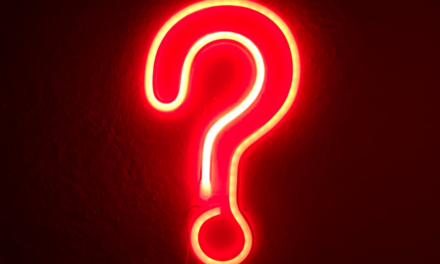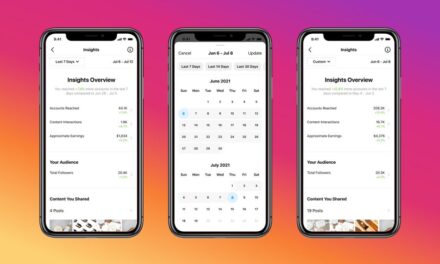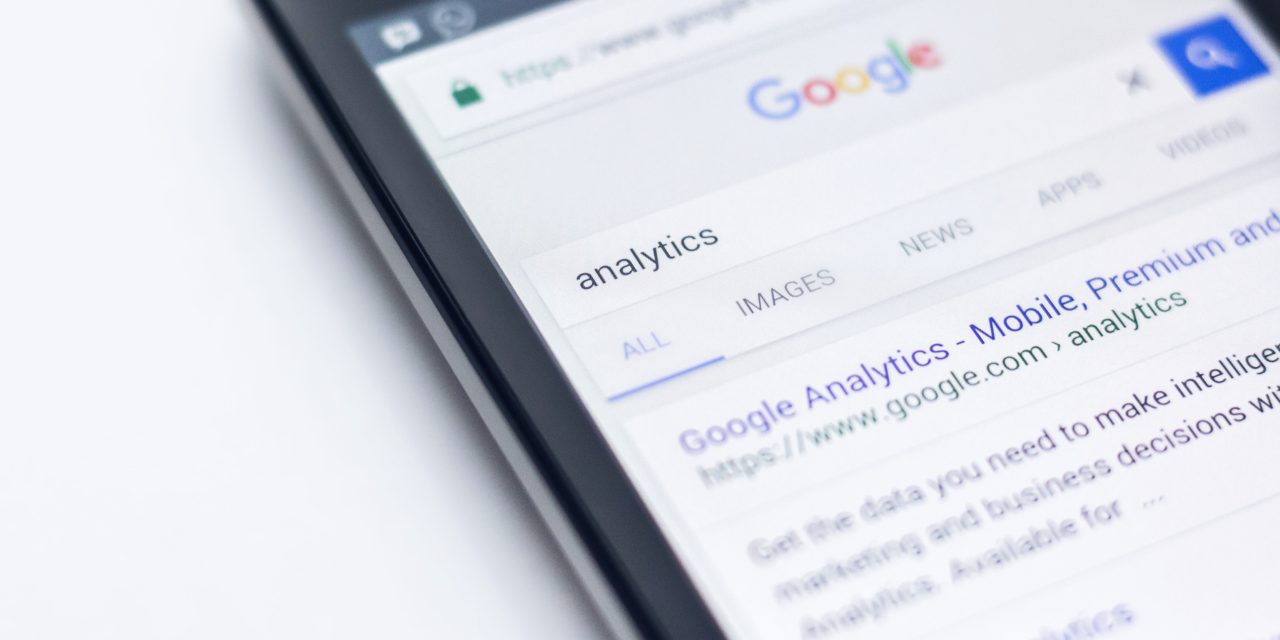Digital marketing is a fast, dynamic landscape and for marketers to keep ahead of their competition, boosting brand awareness and sales they need to keep up to date with current trends, technologies and strategies.
Here are 7 of the biggest digital marketing trends for 2019.
1. Content Clusters for improving SEO
Search engines have recently changed their algorithms, instead of favoring keywords they now show preference to clusters of content around particular topics. As such marketers have began linking content to form clusters around pillars (topics) relating to their category.
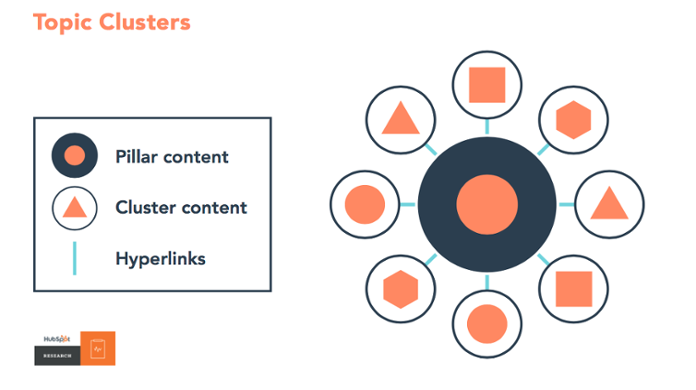
The pillar’s are pages which broadly outline a topic, for example, “Australian Beachs”. The cluster’s around the pillars focus on specific long-tail key words (i.e. Learning to surf in Austalia, best beaches in Australia, places to swim in Australia, and so on). The pillar links to each of these cluster pages, and each cluster page links back to the pillar with the same hyperlinked keyword. Meaning when one page performs well the entire cluster will get a boost.
Topic clusters signal to search engines that you are an expert within the category, as such you are more likely to have the top spot.
2. Snack Ads
‘Snack ads’, a little phrase I heard awhile ago. No, it isn’t an ad about perishable goods. They are short videos less than 10 seconds long.

As a result of an abundance of video content we are developing much shorter attention spans so it is difficult for brands to produce videos that keep consumers attention.
That’s where “Snack Ads” come into play. As you can see in the graph above 89% of the audience are engaged during ads below 10 seconds. By the time the video is shown for 60 seconds, almost half of the audience loses interest.
Expect to see shorter ads being used more by brands in the near future, to try keep their audience engaged. Youtube is the best example of a company using snack ads, and Fox is following suit — declaring they will begin implementing “Snack ads” on their streaming services and linear programs.
3. Chatbots
Chatbots are on the rise, taking over customer service for many brands. By 2020 85% of customer interactions are predicted to be dealt with by chatbots.
Not only are bots an effective way of mass communication, they also allow for a 24/7 two-way communication channel between your audience and the firm. Which on top of boosting customer satisfaction, will also boost your response rate on Facebook — improving SEO and the likelihood of your brand being recommended.
Some are hesitant of integrating chatbots into their customer service out of fear of poor user experience. But fear not, a recent survey revealed that 70% of consumers reported a positive experience and a further 9% were mutual about the experience.
On top of the aforementioned benefits, Facebook messenger has a Click Through Rate (CTR) of 80%. This has huge market potential.
Picture this, a brand with 1000 followers sends out an automated message linking recipients to a new product valued at $50.00. As per the average conversion rate for e-commerce sites after a user visits their landing page, 2–3% of the leads will convert to sales. Therefore of these 1000 followers 20 will purchase the product, leading to $1000 in revenue. Oh yeah, I forgot to mention — there are a lot of free Chatbot options (i.e. Snatchbot). $1000 revenue, from one message, without investing a cent on marketing.
Obviously this is a very simple projection as there are other factors to consider, but is not unrealistic.
Go find a chatbot you like and start using it. NOW!
4. Blockchain:
Blockchain is present in almost every industry now, but it has an especially promising future in marketing.
With consumers being exposed to so much content these days it is hard to keep them engaged in advertisements and to interact with posts. Now marketers are beginning to use blockchain to incentivise consumers to sit through advertisements, and engage — whether it be leaving feedback, commenting, or tagging friends.
One such crypto currency being used to incentivise audiences is Basic Attention Token (BAT) — you can read about it here.
5. Social Media Influencers
Social media influencers are having more and more influence. Many of which having more followers than small nations.
Using social media influencers isn’t exactly a new trend but it’s importance in digital advertising is growing.
In the past brands have had influencers openly endorse products. However consumers are more aware of this now and as such are less receptive.
Brands are adopting a more subtle approach these days. They are developing long-term relationships with influencers as these long-term relationships allow for the two parties to grow together and produce more organic endorsements. Long-term relationships also prevent the influencer’s from ‘abandoning ship’ such as Selena Gomez with Louis Vuitton.
6. Transparency:
For years marketing has had a negative stigma around it, marketers and sales representatives are perceived as self-serving and deceitful due to their exaggerated promises, milked product benefits and unethical sales/advertising techniques.
As such consumers are becoming harder to impress and more reluctant to believe the pitch. Additionally the abundance of information, reviews etc. available to consumers means they are more clued on to the shortcomings of brands and products.
So we are beginning to see firms adopt the approach of pure transparency, admitting where there are faults or areas the product/brand doesn’t cover, as well as addressing negative feedback directly.
They are also encouraging open two-way communication channels with their consumers to help form better relationships and build trust.
7. Mobile Marketing
And the last one is a no brainer. I’m going to list several facts about mobile marketing that I’m sure most of which you would have already heard.
- More than 1.2 billion people worldwide use mobile
- Users spend an average of 2.8 hours on mobile daily compared to 2.4 hours on desktop
- By 2019 79% of US advertising spend will be on mobile advertising
- 80% of social media time is spent on mobile
- 88% of users who search for a local business on mobile visit it within 24 hours
- 89% of mobile usage is spent on apps
The first statistic alone stresses the importance of mobile advertising. 1.2 Billion users…
With so many people using mobile and having access to the internet almost anywhere they go the importance of mobile marketing is evident.
That’s why firms are putting such an emphasis on their mobile marketing campaigns and that’s why you should be adopting a mobile marketing strategy for your brand too.
If you employ these 7 digital marketing trends in 2019 you will be miles ahead of your competition.
